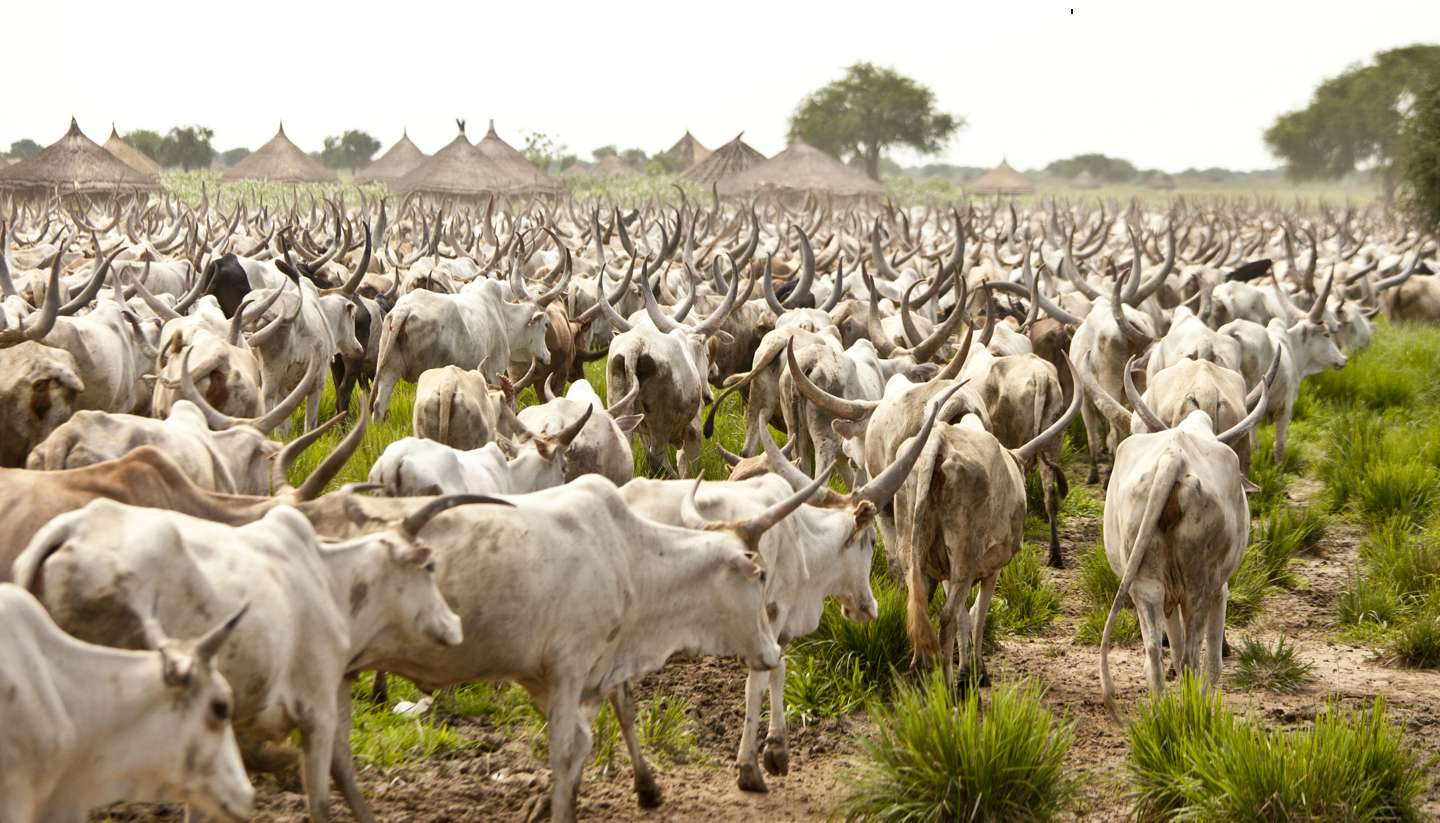South Sudan History, Language and Culture
History of South Sudan
It was the great migrations of tribes that gave South Sudan its modern shape and ethnic mix. In the 15th century the Shilluk settled along the White Nile, followed by the pastoralist Dinka, and Azande from the Congo basin, two centuries later.
In the mid-19th century, Egypt pushed south into the Sudd, as other foreigners were also penetrating South Sudan. The 1860s saw the expeditions of the explorers John Hanning Speke, James Grant and Samuel and Florence Baker, all attempting to map the source of the Nile.
After the British crushed the Mahdist uprising in 1898, Sudan was governed as an Anglo-Egyptian Condominium, ostensibly ruled by both countries but in practice a British colony. The British enacted the Closed Districts Ordinance, effectively shutting the South off from Khartoum, with many envisaging the south becoming part of British East Africa.
The split from the north began to become irrecoverable even before Sudanese independence in 1956. An army mutiny in the south in 1955 broke into full-scale civil war on independence. The war lasted until 1972, when significant political autonomy was granted to the south.
Peace lasted until 1983, when the north repealed this agreement, and Islamic sharia law was introduced. There was intense hardship and famine for the civilian population, caused by drought but exacerbated by renewed war.
In 2002, internationally-sponsored talks produced a rolling ceasefire. The following year a formal end to hostilities was announced. As part of negotiations, John Garang, leader of the South’s rebel army, was made Sudanese vice-president.
Garang was killed in a helicopter crash several months later. His successor, Salva Kiir, was left to implement the peace deal. The needs for reconstruction were massive, and border disputes over the oil-rich Abyei region, split between north and south, dominated events. In February 2011, a referendum on Southern independence was held in a largely peaceful atmosphere, with over 98% of southerners voting to secede from Sudan. Africa’s newest nation was born six months later on 9 July.
Did you know?
• Alternative names in contention for the new nation included Nile Republic, Azania, and Kush Republic.
• 83% of the population live in traditional round stick and mud constructions called tukels.
• The first baby born in South Sudan, on Independence Day itself, was a boy later named Independent.
• The national anthem was chosen after holding an open competition.
South Sudan Culture
Religion in South Sudan
A mixture of Christian and traditional animist beliefs.
Social Conventions in South Sudan
There are many restrictions on photography: the authorities regard many sites as sensitive or strategic. Such decisions are often made on the spot and with seeming arbitrariness.
Language in South Sudan
English and Arabic are the official languages.


